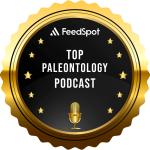-
Cambrian
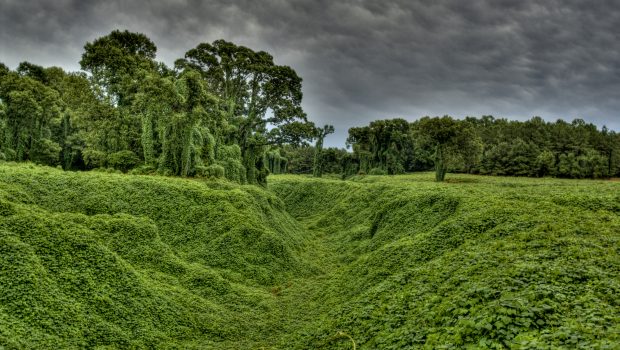
What happens when the presence of a single species impacts everything in an environment? Dr Tom Smith joins us to discuss ecosystem engineers
-
Cenozoic
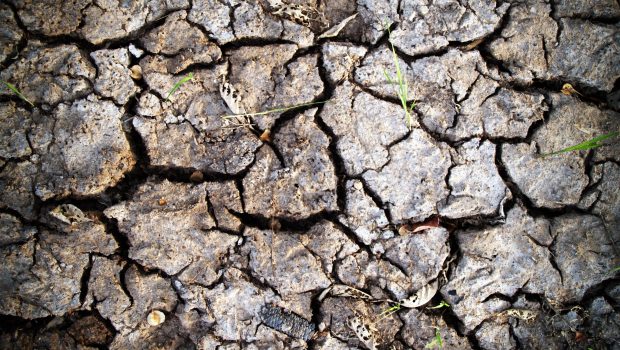
Terrestrial life as we know it couldn’t exist without soil. Soil is a layer of minerals, organic matter, liquids, gasses and organisms that not only [&hellip
-
Precambrian
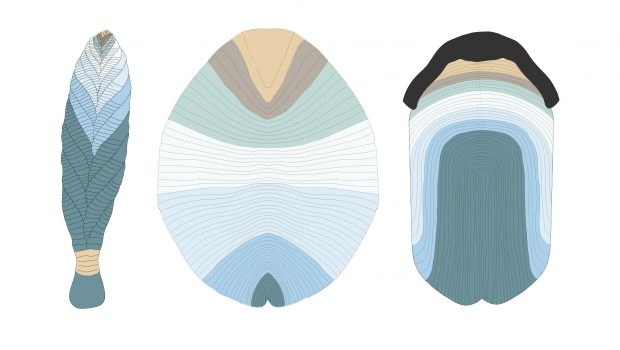
The Ediacaran Period is host to the first large and complex multicellular organisms known in the fossil record. This ‘Ediacaran Biota’ has long eluded definitive [&hellip
-
Cambrian
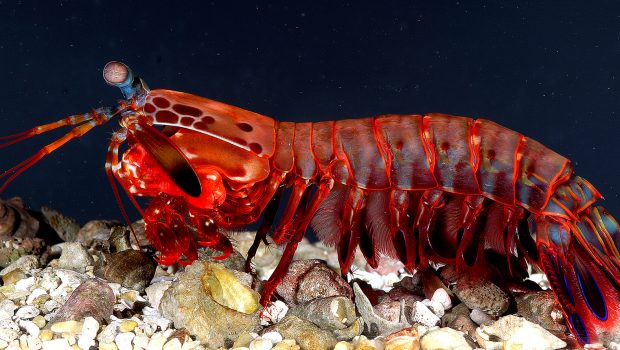
We explore opsins and the evolution of colour vision in ecdysozoans
-
Precambrian
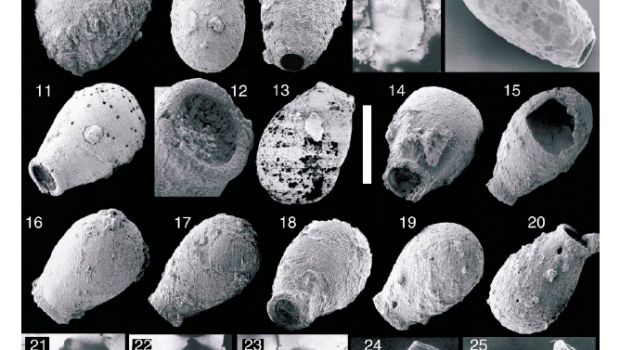
Geology, as a subject, has for the most part assumed that there were no fossils to be found earlier than the Cambrian period. In the [&hellip
-
Live
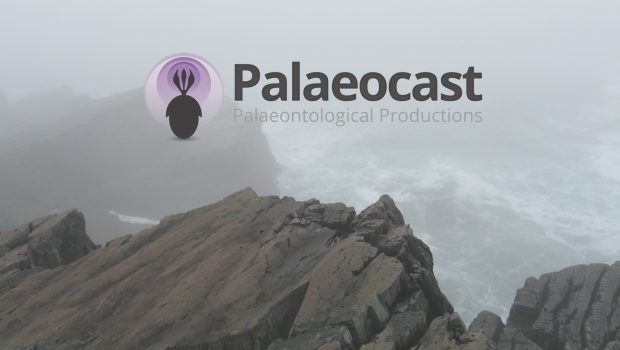
The International Symposium on the Ediacaran-Cambrian Transition took place in St. John’s, Newfoundland, in June 2017. The ISECT meeting brought together 150 researchers working on [&hellip
-
News
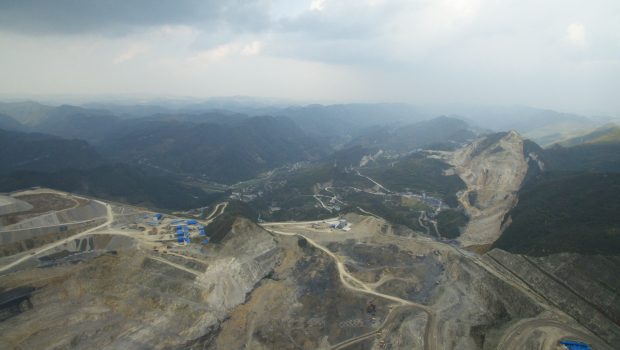
A team of researchers, led by the University of Bristol, has uncovered that ancient fossils, thought to be some of the world’s earliest examples of [&hellip
-
Blog

To understand the evolution of life, palaeontologists can employ a variety of techniques. This typically involves the visual identification of fossils, like bones or teeth, [&hellip
The Precambrian is a division of Earth’s history spanning from the formation of the planet some 4.6 billion years ago, to the sudden and abundant occurrence of animal life at the beginning of the Cambrian period around 541 million years ago. It accounts for 88% of the geological record. Through the course of the Precambrian, the earth was transformed from a volatile volcanic planet with a noxious CO2 based atmosphere into a much more familiar world with an atmosphere comparable to the present. The earliest Precambrian was a chaotic period during which the earth was under heavy barrage from meteors. Later the planet cooled and the oceans formed. Life originated and began to change the planet forever. The evolution of photosynthesising bacteria radically changed the atmosphere of our world. Complex cells evolved. The latest Precambrian was characterised by the most catastrophic ice ages in earth’s history. The so called ‘snowball earth’ glaciations covered the planet in ice from the poles to the equator. During the last 100 million years of the Precambrian, the first multi cellular animals appeared. The Ediacaran fauna, which is found in rocks of the same age globally, seems to have flourished for a time before disappearing at the end of the Precambrian.
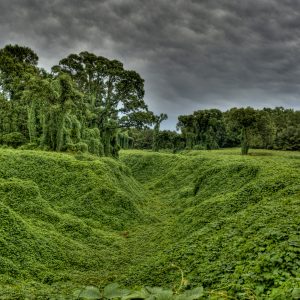
Published on February 22nd, 2025 | by David Marshall
What happens when the presence of a single species impacts everything in an environment? Dr Tom Smith joins us to discuss ecosystem engineers... Read More →
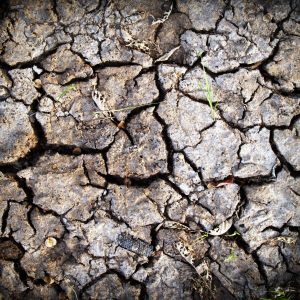
Published on March 16th, 2021 | by Elsa Panciroli
Terrestrial life as we know it couldn’t exist without soil. Soil is a layer of minerals, organic matter, liquids, gasses and organisms that not only provides a medium for plant growth, but also modifies the atmosphere, [&hellip... Read More →
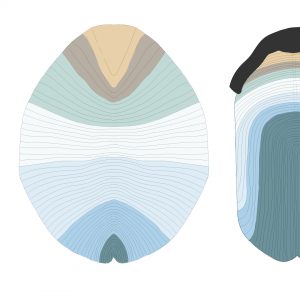
Published on October 15th, 2019 | by David Marshall
The Ediacaran Period is host to the first large and complex multicellular organisms known in the fossil record. This ‘Ediacaran Biota’ has long eluded definitive placement on the tree of life, seemingly falling between even the [&hellip... Read More →
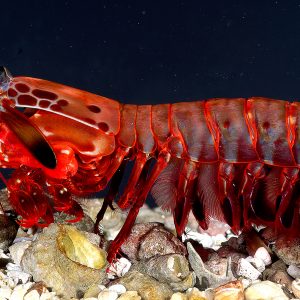
Published on March 1st, 2019 | by David Marshall
We explore opsins and the evolution of colour vision in ecdysozoans... Read More →
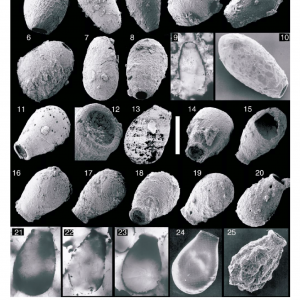
Published on January 6th, 2018 | by David Marshall
Geology, as a subject, has for the most part assumed that there were no fossils to be found earlier than the Cambrian period. In the current day, we’re better-informed and are able to find good records [&hellip... Read More →
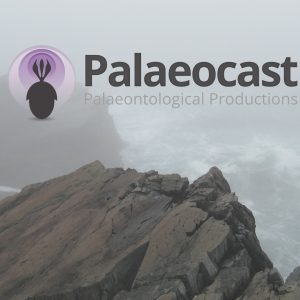
Published on September 26th, 2017 | by David Marshall
The International Symposium on the Ediacaran-Cambrian Transition took place in St. John’s, Newfoundland, in June 2017. The ISECT meeting brought together 150 researchers working on aspects of the stratigraphy, sedimentology, geochemistry and palaeobiology of the Ediacaran [&hellip... Read More →
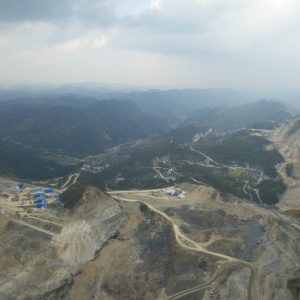
Published on May 4th, 2017 | by David Marshall
A team of researchers, led by the University of Bristol, has uncovered that ancient fossils, thought to be some of the world’s earliest examples of animal remains, could in fact belong to other groups such as [&hellip... Read More →

Published on February 17th, 2017 | by Guest Blogger
To understand the evolution of life, palaeontologists can employ a variety of techniques. This typically involves the visual identification of fossils, like bones or teeth, within the sedimentary record, either by eye or using a microscope. [&hellip... Read More →
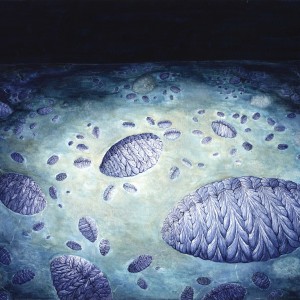
Published on August 14th, 2015 | by David Marshall
On today’s episode we’re revisiting Mistaken Point, Newfoundland, Canada. At this lagerstätte it is possible to find large bedding planes full of Precambrian organisms called rangeomorphs. These are an enigmatic group, which still can’t be placed on the ‘tree of [&hellip... Read More →

Published on September 4th, 2014 | by David Marshall
Evolution and Early Life: A Celebration of the Career of Martin Brasier on his Retirement To commemorate the retirement of Oxford University’s Professor Martin Brasier, a small symposium was held to which Palaeocast were invited to film. [&hellip... Read More →
























